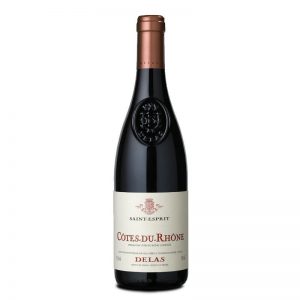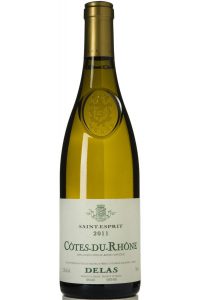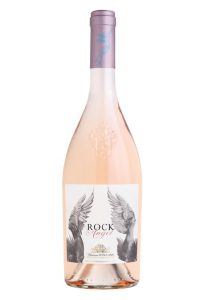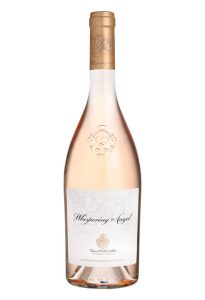This cuvée is produced using only Syrah vines, planted in the southern part of the Ardèche region. Average production: 30,000 bottles per year.
Grape variety: Syrah 100%
Winemaking: 100% of the grapes are destemmed before the wine-making, which takes place in closed tanks for approximately 15 days. Extraction is helped by daily pumping over. Fermentation temperatures are controlled and maintained between 82°F (28°C) and 86°F (30°C). After pressing and racking, malolactic fermentation takes place in tanks.
Maturing takes place in vats in order to preserve the fruit aromas. The wines are racked regularly to allow natural stabilisation of their components. This “Syrah” cuvée is bottled after blending and a light filtration.
Tasting notes: The colour is a deep ruby red. The nose reveals powerful aromas of wild berries and spices, truly typical from the “Syrah” grape. On the palate, strong flavours of blackcurrant and red berries surround a smooth fruit on the back of the wine. The finish has lots of personality.










